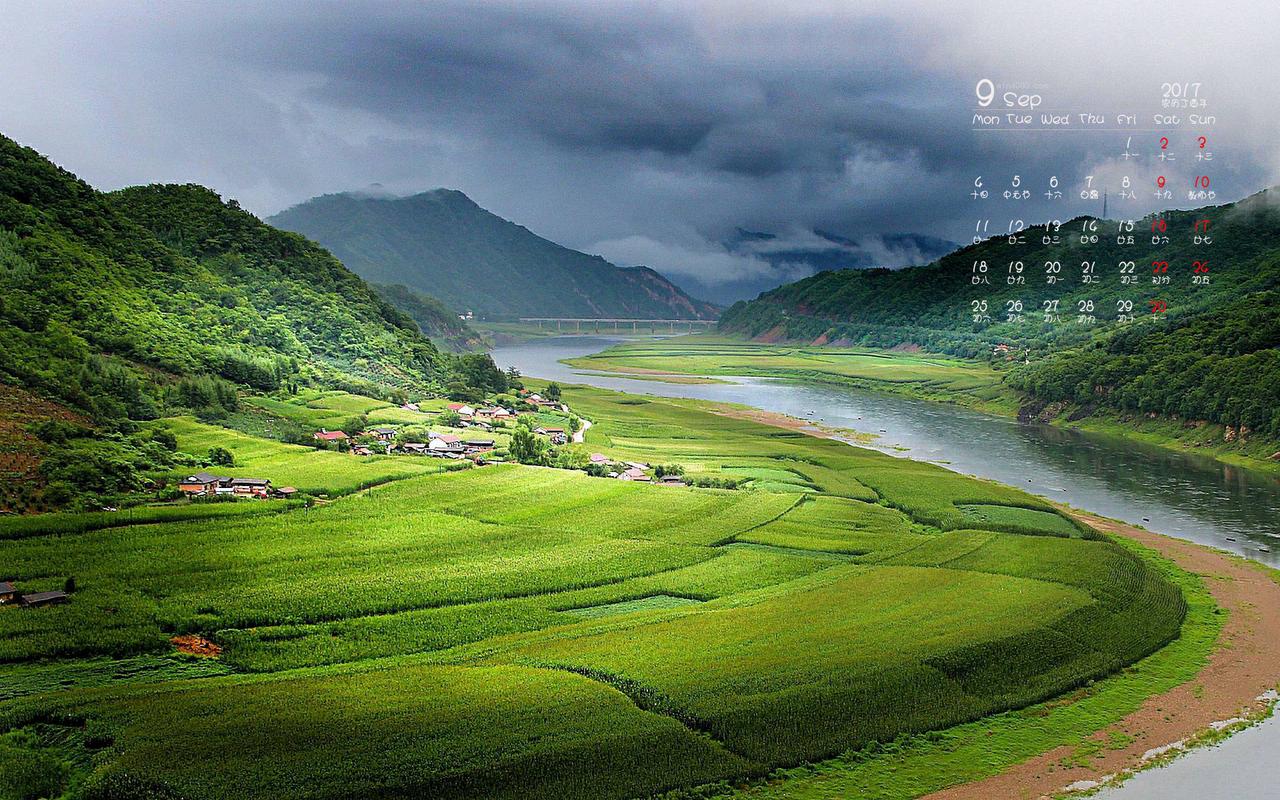Exploring Yosemite’s Backcountry: A Beginner’s Guide to Backpacking
Yosemite National Park is known for its stunning natural beauty, and the best way to experience it is on a backpacking trip. Backpacking can be an intimidating activity, especially for beginners. However, with proper preparation and planning, a backpacking trip in Yosemite’s backcountry can be a memorable and rewarding experience. Here is a beginner’s guide to help you plan your first backcountry backpacking trip in Yosemite.
Planning Your Backpacking Trip
The first step is to plan your backpacking trip. You can start by checking the Yosemite National Park website for information on permits, campsites, and trail conditions. Decide what time of year you want to go, and choose a suitable trail based on your skill level and experience. It is also essential to consider the weather and carry appropriate gear according to the season.
Getting Permits
Permits are essential for backpacking in Yosemite’s backcountry. You can obtain permits up to 24 weeks in advance. It is recommended to plan and reserve permits as early as possible, especially for popular trails like the Half Dome Trail. You can apply for permits online or by mail. The permit fees vary based on the number of people and nights you plan to camp.
Packing Essentials for Backpacking
When backpacking in the backcountry, you need to carry all essential gear and supplies on your back. You can make a list of what to pack by considering factors like distance, duration of your trip, weather conditions, and food requirements. Some essential gear includes tents, sleeping bags, hiking boots, cooking equipment, water filtration systems, and first-aid kits.
Food and Water
It is crucial to pack enough food and water for your trip. You need to carry a water filtration system, as there are no potable water sources in Yosemite’s backcountry. You can fill up your water bottles from natural springs, rivers, and lakes, but you must filter the water first. Plan your meals based on your dietary requirements and carry lightweight, nutritious food that can be easily prepared on the trail.
Leave No Trace Principles
Backpacking in Yosemite’s backcountry comes with a responsibility to preserve its natural beauty. Follow the Leave No Trace principles to minimize your impact on the wilderness. Pack out all trash, bury human waste, camp in designated areas, and avoid disturbing wildlife.
Conclusion
A backpacking trip in Yosemite’s backcountry can be a once-in-a-lifetime experience. With proper planning and preparation, you can enjoy the stunning natural beauty of the park while minimizing your impact on the environment. Follow the tips mentioned in this beginner’s guide, and you are sure to have a memorable and safe trip.
(Note: Do you have knowledge or insights to share? Unlock new opportunities and expand your reach by joining our authors team. Click Registration to join us and share your expertise with our readers.)
Speech tips:
Please note that any statements involving politics will not be approved.
